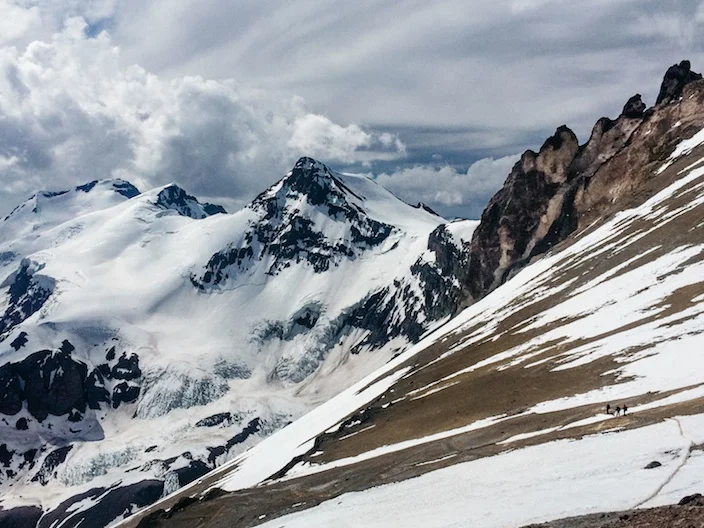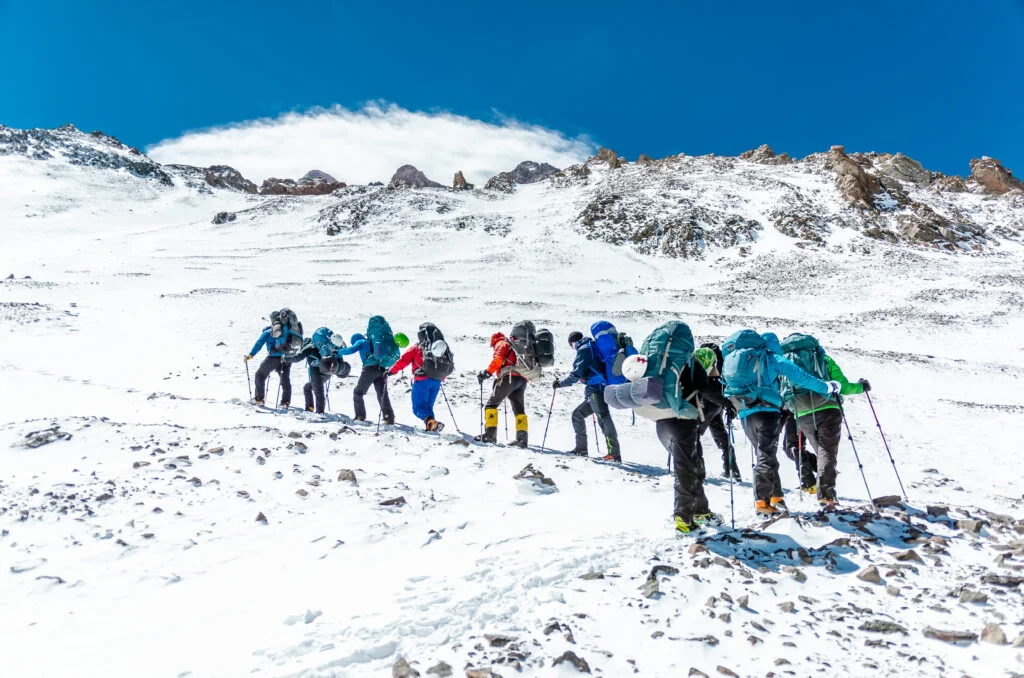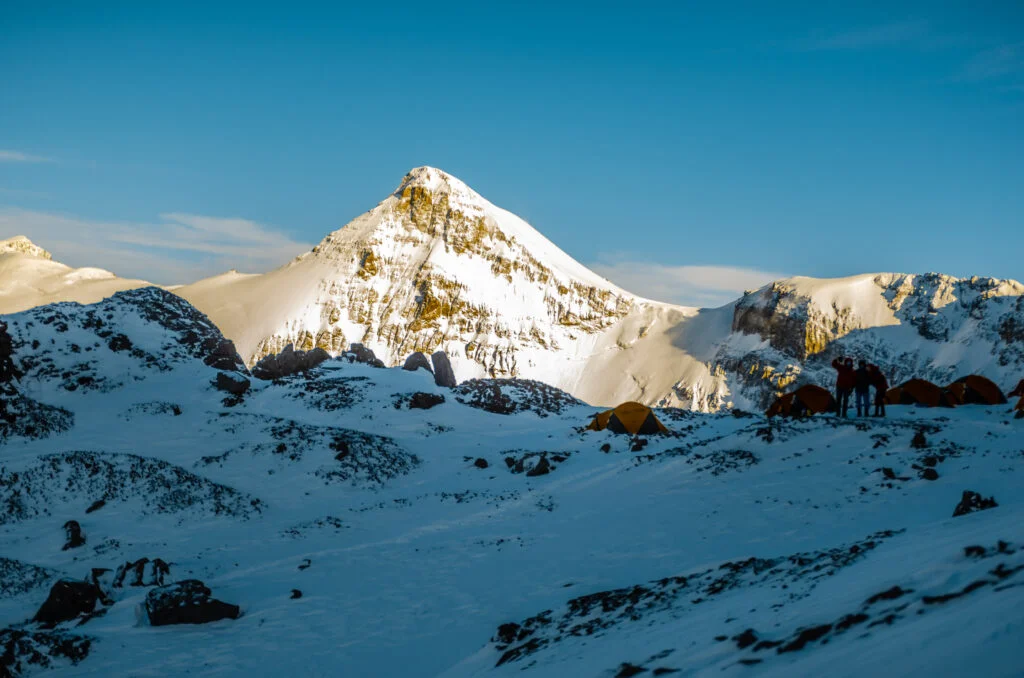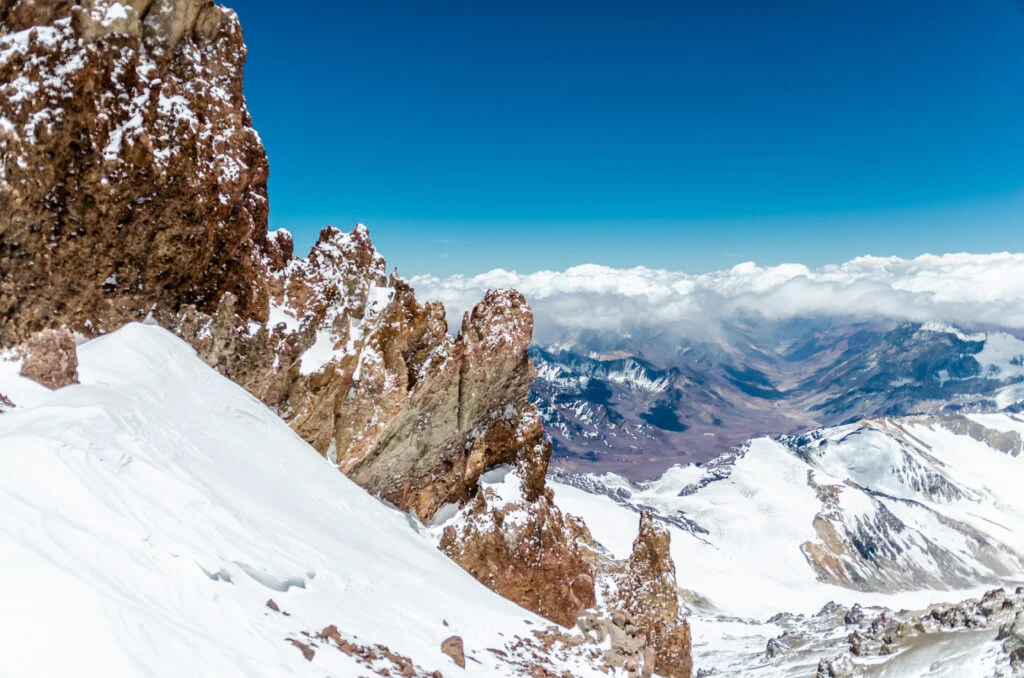The Call of the Stone Sentinel: An Expedition to Mt. Aconcagua
Remember the thrill of reaching your first mountain peak? That exhilarating rush of accomplishment and the breathtaking views that left you speechless? Imagine experiencing that feeling on a whole new level, atop the mighty Aconcagua!
Nicknamed the “Stone Sentinel” for its imposing presence, Aconcagua, the highest peak in the Americas, beckons seasoned adventurers with its rugged beauty and challenging terrain. Standing tall at a staggering 6,962 meters (22,841 ft), it’s a test of both physical and mental fortitude.
Aconcagua offers no easy ascent. Thin air, unpredictable weather, and demanding glaciers define the journey. It’s not for the faint of heart, but for those who reach the summit, the reward is unparalleled. Gazing out at the endless expanse of the Andes, the feeling of accomplishment washes over you. The question “Did I really climb that?” echoes in your mind, a testament to your unwavering determination.
Though not a technical climb, Aconcagua demands respect. Proper training, strong backpacking skills, and specialized gear are crucial for a safe and successful summit bid. Are you ready to answer the call of the Stone Sentinel?
WHY GAF?
Aconcagua, the “Roof of the Americas,” may not be technical, but its extreme altitude and unpredictable weather demand respect. Success rates vary, and the mountain claims lives each year.
GAF prioritizes your safety. Our experienced, certified guides lead the way with a low climber-to-guide ratio. We meticulously plan for success with thorough pre-expedition training and a strategic acclimatization itinerary. Reach the summit with confidence – choose GAF. Approximately 1% climbing members die each year mainly due to HAPE or HACE. Again the fundamental remains the same. That the mountain holds the last authority and allows well trained and well acclimated climbers to embrace her only in her best times.
GAF puts paramount focus on Thorough Preparation, Absolute Safety and Sufficient Acclimatization of the team. For that purpose, we have chosen route with 14 climbing days which makes it an optimally paced trek with enough acclimatization.
Here’s a link to know about high altitude challenges and how to deal with them.
With detailed planning and preparation, we intend to give our climbers best possible climbing experience on Mt. Aconcagua. Please go through the brochure for more details.
SCHEDULE: (GAF has a 20 days Expedition)
Expedition Schedule: 13th January to 31 January 2025
Expedition Fees – USD 6399/- + Taxes
(Participants are expected to report at Mendoza airport on Day 1)
We also conduct customized special batches for this trek provided the group size is 5 and above.
When to go for Mt. Aconcagua climb?
Aconcagua’s peak climbing season generally falls within the austral summer months, from November to the end of February. However, even during this period, weather conditions can be unpredictable.
Here at Giripremi Adventure Foundation, we understand that timing is crucial for a safe and successful Aconcagua summit bid. While we target this timeframe for expeditions, we prioritize real-time weather monitoring and expert decision-making.
The Mt. Aconcagua expedition is a demanding journey that tests both physical and mental resilience. Trekkers must navigate a diverse and unforgiving landscape, from the arid base camp nestled in valleys to the icy slopes and treacherous glaciers that guard the summit. The thin air at high altitudes presents a significant challenge, requiring a gradual acclimatization process to allow the body to adjust to the reduced oxygen levels.
Despite the inherent difficulties, the rewards of completing Mt. Aconcagua expedition are truly life-changing. Witnessing the breathtaking panoramas unfold as you ascend, from the vast expanse of the Andes to the clouds seemingly within reach, is an experience that remains etched in memory forever. Standing atop the highest peak in the Americas is a monumental achievement, a testament to one’s unwavering determination and a source of immense personal pride.
Trek Highlights
-
Highest mountain in the South America
-
One of the Seven Summits
-
Challenging expedition throughout
-
Attain an elevation of 22,840 ft
-
Summit Aconcagua on 26th January 2025









